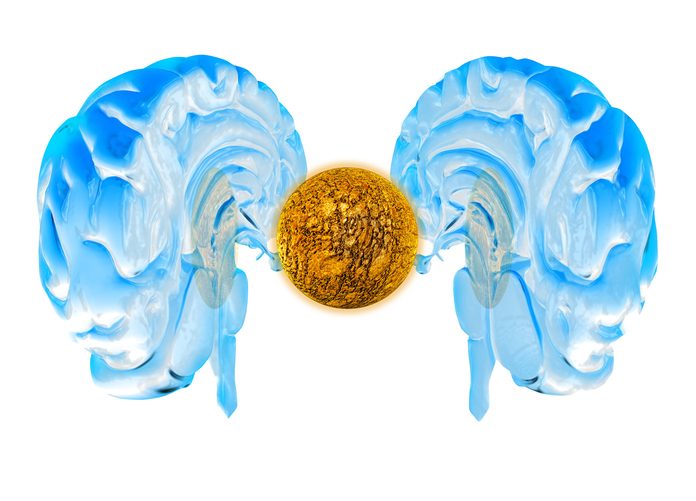
A multicenter research and development effort led by a team of neurosurgeons and engineers at Michigan Medicine at the University of Michigan (U-M) have developed a screening system call DeepGlioma that employs rapid imaging plus artificial intelligence (AI) to detect brain cancer mutations in under 90 seconds.
“This AI-based tool has the potential to improve the access and speed of diagnosis and care of patients with deadly brain tumors,” said lead author and creator of DeepGlioma Todd Hollon, MD, a neurosurgeon at University of Michigan Health and assistant professor of neurosurgery at U-M Medical School.
The idea for such a tool dates back to 2019, when University of Michigan researchers surmised they could combine deep neural networks with an optical imaging method called Raman histology that can image brain tumor tissues in real time.
According to the study, published in Nature Medicine, the system was tested on a group of more than 150 patients with diffuse glioma—the most common and deadly brain tumor—and was able to define the molecular subgroups of the patients as defined by the World Health Organization. In this setting DeepGlioma had an accuracy rate of more than 90%.
The development of a fast method to molecularly characterize gliomas is gaining in importance as it allows surgeons to identify the risks and benefits of surgery for each patient depending on their genetic makeup. As an example, the researchers noted that patients with a type of glioma called astrocytomas can average an extra five years of survival compared with outcomes for other forms of the cancer.
DeepGlioma could be a tool that helps alleviate access to molecular testing for diffuse gliomas, which is often not even available at some cancer centers or, if it is, results of current testing can take weeks to return.
As Hollon noted “Barriers to molecular diagnosis can result in suboptimal care for patients with brain tumors, complicating surgical decision-making and selection of chemoradiation regimens.”
The research team hopes that DeepGlioma can become a tool to advance treatment of the deadly disease, noting that even patients who receive standard of care have few treatment options and that median survival for patients with malignant diffuse glioma is only 18 months.
The tool’s ability to quick characterize molecular subtypes of the disease can also be a boon to the clinical research community as many clinical trials for glioma limit participation to specific subgroups. The result is less than 10% of all patients with glioma are currently enrolled in clinical trials.
“Progress in the treatment of the most deadly brain tumors has been limited in the past decades- in part because it has been hard to identify the patients who would benefit most from targeted therapies,” said senior author Daniel Orringer, MD, an associate professor of neurosurgery and pathology at NYU Grossman School of Medicine, who developed stimulated Raman histology. “Rapid methods for molecular classification hold great promise for rethinking clinical trial design and bringing new therapies to patients.”













